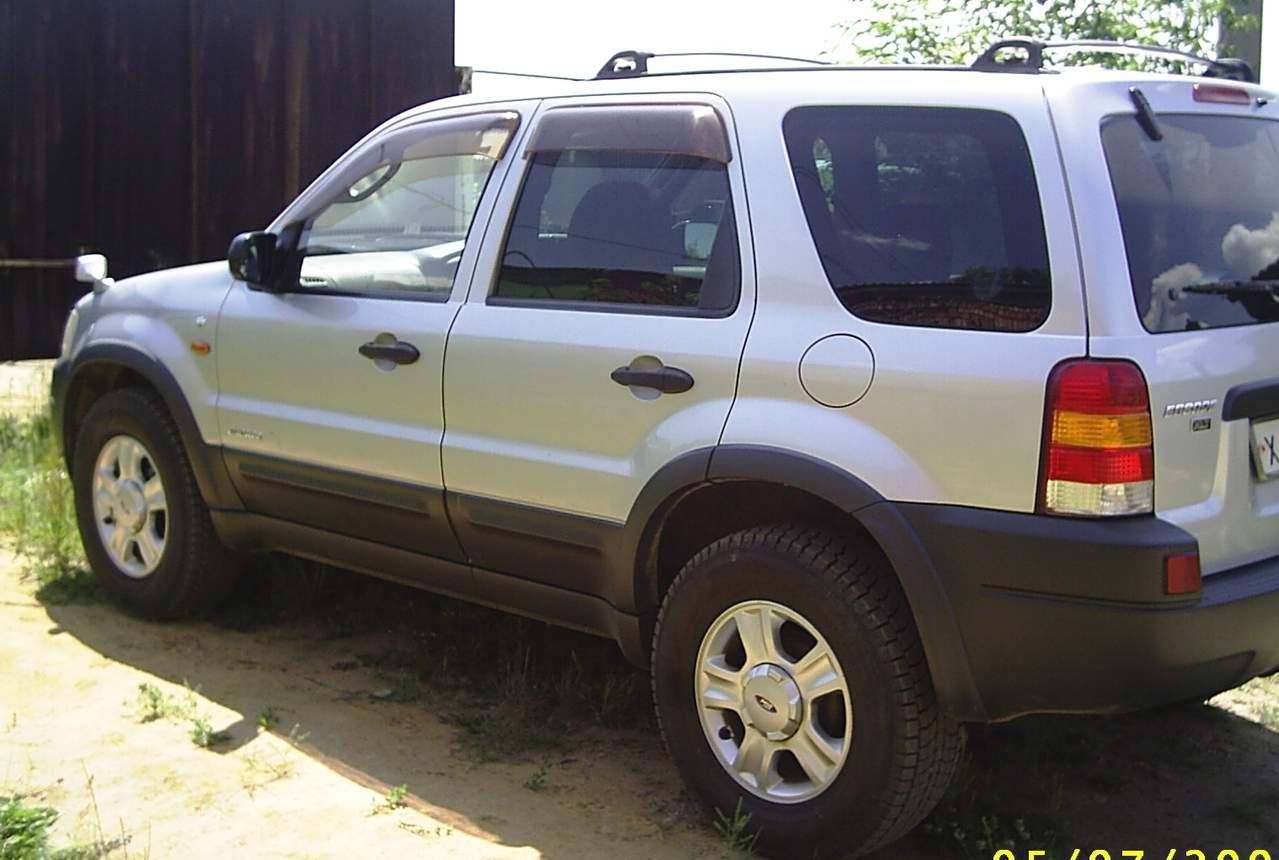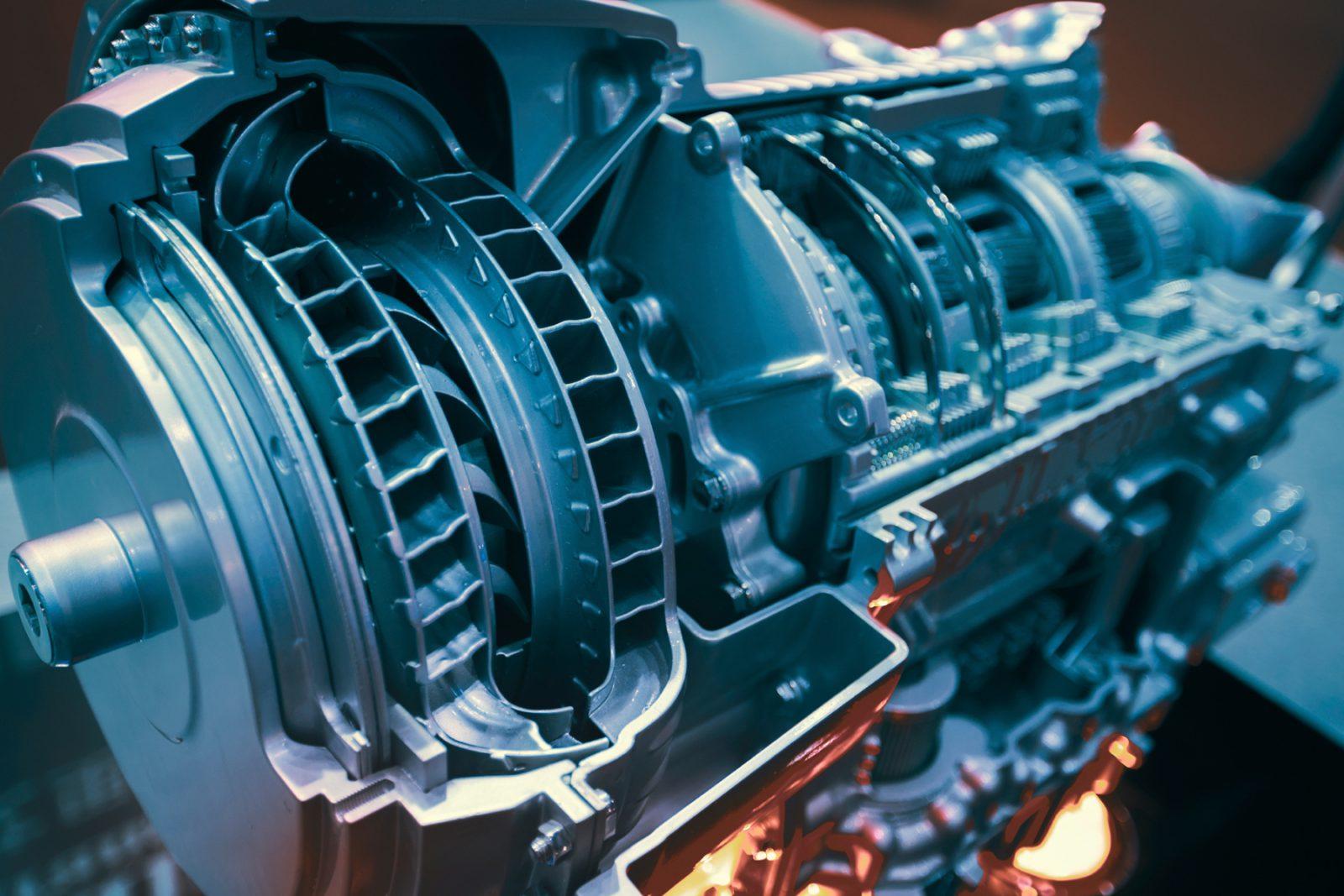

Stick shifts are a stalwart reminder of the glory days and, for that reason, they should live on. In a world in which everything is becoming increasingly automated for the purposes of efficiency, the reality is that the user’s end experience is often dulled as a result. They’re not practical vehicles - at least not by today’s standards.

MANUAL TRANSMISSION CARS DRIVERS
You don’t want to believe it when manual drivers claim that you’ll feel closer to your car, but trust us - you will.Īll that is to say, you shouldn’t convince yourself to buy a manual car for responsibility’s sake. Even in the most mundane of manual-equipped vehicles, heel-toeing it to a stoplight or throwing it into third makes an otherwise boring commute feel like a spirited getaway drive. Taking control of the transmission, hearing the engine respond to your input - it’s a feeling that you have to experience to understand. That being said, automotive enthusiasts love to wax romantic about the connection they share with their car when shifting through its gears, and it’s for good reason.

You might experience a slight dip in output or see your consumption suffer in bumper-to-bumper traffic, but they’re largely moot points. And as far as power and fuel economy are concerned? Today’s autos rely more on additional gears and less on their torque converters in order to be incredibly efficient pieces of engineering. What’s more, buying a stick-shift will now often run you a premium rather than save you money (not to mention the considerably smaller pool of buyers available come time to sell). However, these days, advancements like launch control and dual-clutch operation put them on par with - if not ahead of - row-your-own transmissions. Sure, it used to be the case that automatics were sluggish units that cost more than their manual counterparts despite having less power and worse gas mileage. At the end of the day, you buy a car with a stick-shift for the enjoyment that ensues.


 0 kommentar(er)
0 kommentar(er)
